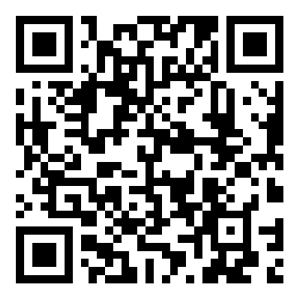Welcome to Shaanxi Chenxin Titanium Industry Co., Ltd Website!

Mobile


WeChat


Mobile



Ultrasonic testing is a method of detecting defects in parts by utilizing the characteristics of reflection at the interface edge when ultrasonic energy penetrates deep into metal materials and enters from one cross-section to another. When the ultrasonic beam passes from the surface of the part to the inside of the metal through the probe, it will generate reflected waves when encountering defects and the bottom of the part, forming pulse waveforms on the fluorescent screen. Based on these pulse waveforms, the position and size of the defects can be determined.
Defects that are prone to occur in titanium alloy forgings: 1) segregation type defects; 2) Inclusions; 3) Residual shrinkage cavity; 4) Holes; 5) Cracks; 6) Overheating.
For titanium alloy round rods, in addition to radial incident longitudinal wave testing at a general circumferential angle of 360 °, tangential transverse wave testing at a circumferential angle of 360 ° (refractive angle generally 45 °) should also be performed to ensure the detection of surface and near surface defects (such as radial cracks) that cannot be detected by a straight probe. For titanium alloy billets, cake billets, ring billets, etc., in addition to conducting longitudinal wave testing with vertical incidence, considering the possibility of cracks generated along the forging deformation strain line (mostly with an approximate 45 ° orientation on the cross-section) and certain inclined defects, radial transverse wave testing with a refractive angle of 45 ° should also be performed.
Due to the high sensitivity requirements for titanium alloy testing, it is recommended to use a frequency of 5MHz for longitudinal wave testing and 2.5MHz for transverse wave testing (both have similar wavelengths in the same material).
|
Previous:none
Next:Titanium production process |
Back to list |